Pearl Care 101: How to Clean Pearls
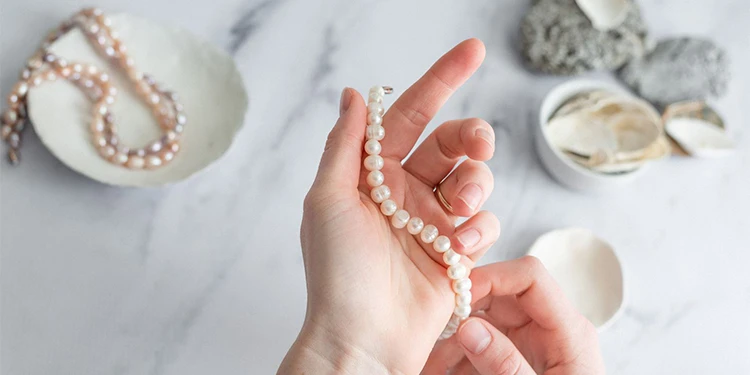
That elegant strand of pearls you inherited from your grandmother or splurged on for your wedding is more than just jewelry—it’s a treasure. But unlike diamonds, pearls are living, breathing organic gems born from the sea. This makes them incredibly beautiful and uniquely delicate. One wrong cleaning method can cloud their luster and damage them forever.
But don’t worry! Caring for your pearls is simple once you know how. This ultimate guide, backed by gemological best practices, will show you exactly how to clean, wear, and store your pearls to keep them glowing for generations to come.
Why Pearls Need Special Care
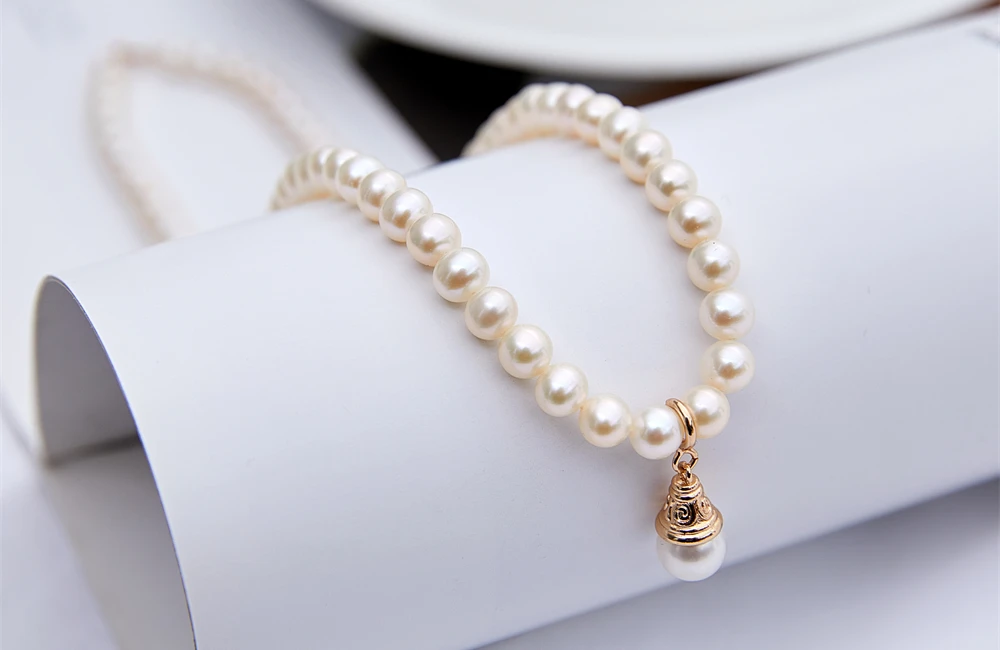
Pearls are formed from layers of nacre (a crystalline substance) around an irritant inside an oyster. Their main component is calcium carbonate, which is surprisingly soft (only 2.5-4.5 on the Mohs hardness scale). This means they are vulnerable to:
- Scratches from abrasive materials.
- Chemicals found in cosmetics, perfumes, and even tap water.
- Acids from your skin’s natural perspiration.
Understanding this is the first step to proper pearl care. It’s not complicated; it’s just about being gentle and consistent.
Your Pearl Cleaning Toolkit: What You’ll Need
You don’t need fancy equipment. Gather these simple, safe items:
- A soft, lint-free cloth: Microfiber is ideal. Avoid paper towels, which can be abrasive.
- Distilled or purified water: This is key! Tap water contains chlorine and minerals that can slowly damage the nacre.
- (Optional) A drop of mild, pH-neutral soap: Specifically designed for pearls or jewelry. Always check the label.
🚫 What to AVOID: Toothpaste, baking soda, vinegar, ammonia-based cleaners, ultrasonic cleaners, and steam cleaners. These are pearl killers.
The Safe, Step-by-Step Guide to Cleaning Pearls
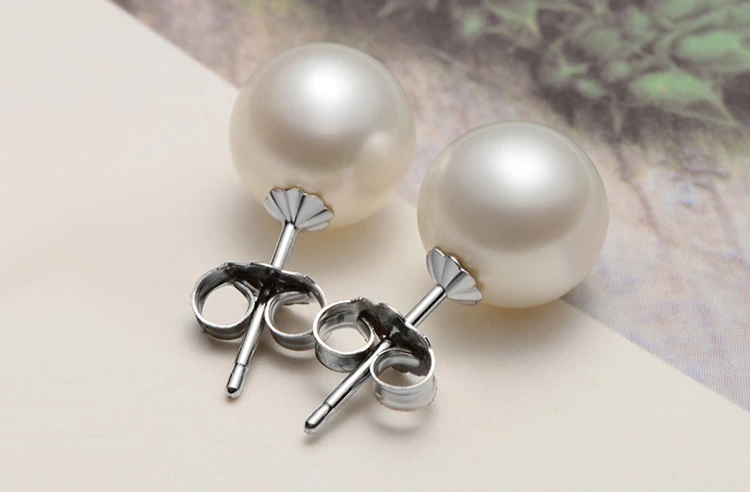
Follow these steps every few wears or if your pearls look dull.
Step 1: The Pre-Clean Inspection
Before anything gets wet, gently examine your pearl strand. Check if the silk thread is stretched or frayed. If it is, stop. Cleaning a strand with a weak thread can cause it to break. It’s time for professional re-stringing.
Step 2: The Gentle Wipe-Down
Dampen your soft cloth with a small amount of distilled water. It should be only slightly damp, not dripping wet. Gently wipe each pearl individually. This will remove surface dirt and oils.
Step 3 (Optional): For a Deeper Clean
If needed, add a single drop of pH-neutral soap to the damp cloth and work it into a light lather. Wipe each pearl carefully, ensuring no soap residue remains.
Step 4: The Immediate Dry Down
This is crucial. Use a second clean, dry part of your cloth (or a new one) to thoroughly dry each pearl. Do not let air dry, as leftover water can weaken the silk thread.
Step 5: The Final Air Dry
Lay the pearls on a fresh, dry towel in a cool, well-ventilated area away from direct sunlight for at least 1 hour. This ensures any hidden moisture in the stringing holes evaporates completely.
Pearl Cleaning DON’Ts: Mistakes That Will Ruin Your Pearls
- ❌ NEVER submerge pearls in water. Soaking can weaken the silk thread, causing it to stretch and attract dirt, and can harm the pearls’ nacre.
- ❌ NEVER use household chemicals. Toothpaste, vinegar, and window cleaner are abrasive and acidic. They will etch the pearl’s surface, permanently destroying its shine.
- ❌ NEVER use an ultrasonic jewelry cleaner. The high-frequency vibrations can shatter the delicate layers of your pearls.
- ❌ AVOID excessive heat. Never dry pearls with a hairdryer or leave them in a sunny window, as heat can dehydrate and crack them.
Beyond Cleaning: Daily Wear & Storage Wisdom
Cleaning is just one part of the equation. How you wear and store pearls is equally important.
The Golden Rule of Wearing Pearls: “Last On, First Off”
Your pearls should be the last thing you put on after getting dressed, doing your hair, and applying makeup and perfume. They should be the first thing you take off when you get home. This minimizes their exposure to chemicals.
Always Wipe After Wear
Get into the habit of giving your pearls a quick, gentle wipe with your dry microfiber cloth after each wear. This removes sweat and skin oils that can gradually degrade their luster.
How to Store Pearls Correctly
- Store them separately in a soft pouch, a jewelry box with a soft-lined compartment, or wrapped in a soft cloth. This prevents them from being scratched by harder gems like diamonds.
- Avoid airtight containers like plastic bags. Pearls need a bit of moisture from the air to stay healthy; sealing them can cause them to dry out and crack.
- Lay necklaces flat if possible. Hanging them long-term can stretch the silk thread.
When to Call a Professional
- Re-stringing: Have your pearls professionally re-strung every 1-2 years if you wear them frequently. A loose thread is a disaster waiting to happen.
- Major damage: For valuable heirlooms or pearls with significant yellowing or damage, consult a reputable jeweler or a specialist from organizations like the GIA (Gemological Institute of America).
Frequently Asked Questions (FAQ)
Q: Can I use toothpaste to clean my pearls?
A: Absolutely not. This is one of the most common and damaging mistakes. Toothpaste contains abrasives that scratch the pearl’s surface and chemicals that can erode the nacre.
Q: How often should I clean my pearls?
A: A quick dry wipe after every wear. A more thorough damp cleaning every few wears or once a month if worn regularly. Over-cleaning can be harmful, so stick to this schedule.
Q: Why are my pearls turning yellow? Can it be fixed?
A: slight yellowing is a natural part of aging for some pearls. It can sometimes be mitigated by a professional jeweler, but prevention is key. Keeping them away from chemicals, sunlight, and storing them correctly will drastically slow this process.
Q: Can I wear my pearls in the shower or swimming?
A: No. You should avoid all contact with water from showers, pools, hot tubs, and the ocean. Chlorine and salt are extremely corrosive to pearls.
Preserve Your Legacy
Your pearls are a timeless investment in beauty and tradition. By following this simple guide, you’re not just cleaning jewelry—you’re preserving a legacy. Gentle, consistent care will ensure their lustrous glow continues to tell your story for years to come.


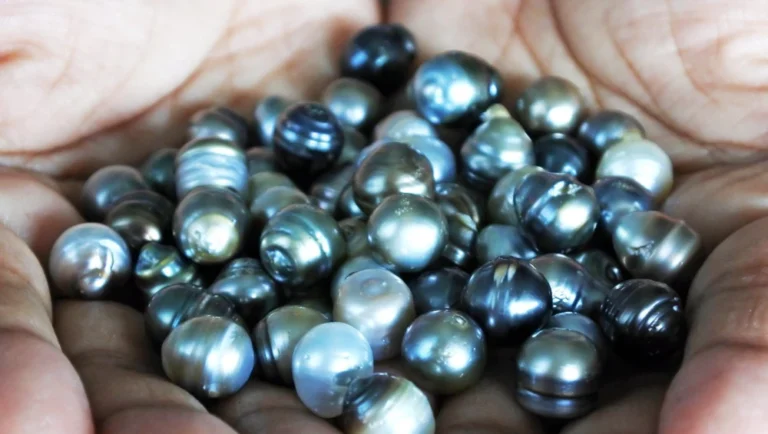
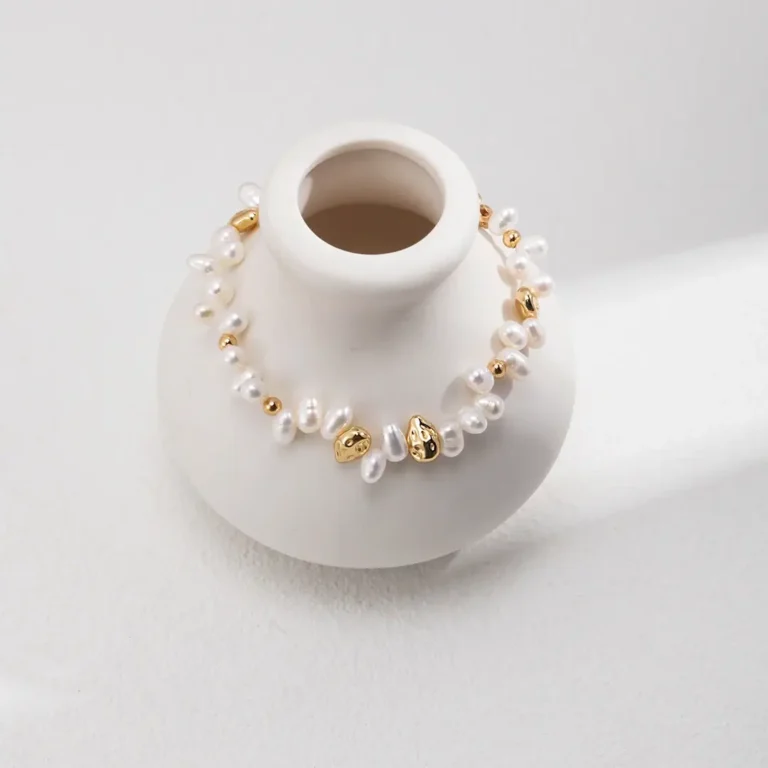
One Comment
Comments are closed.